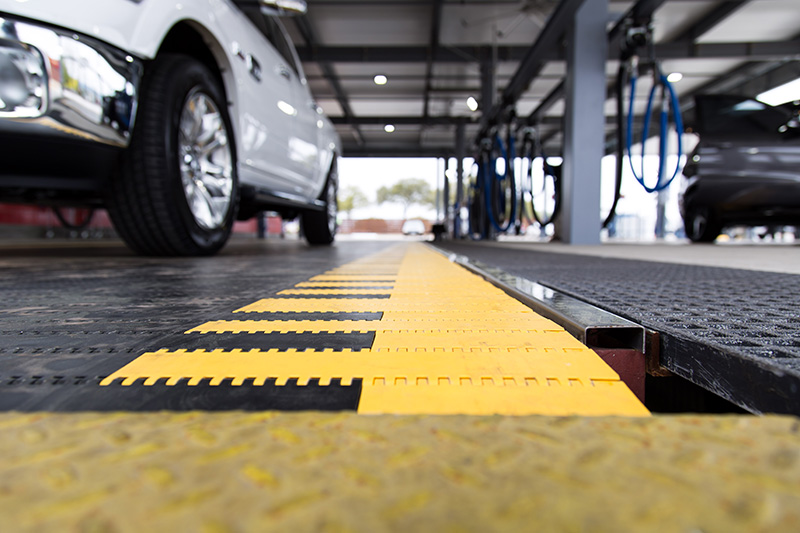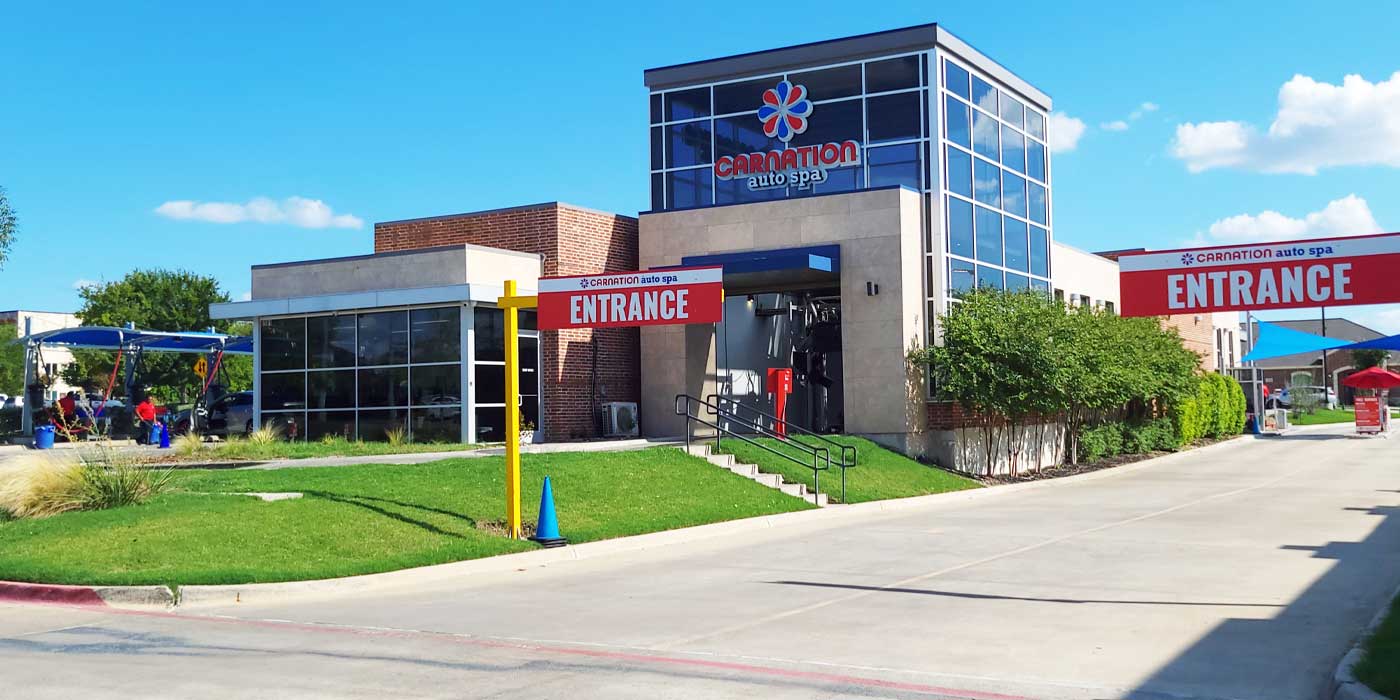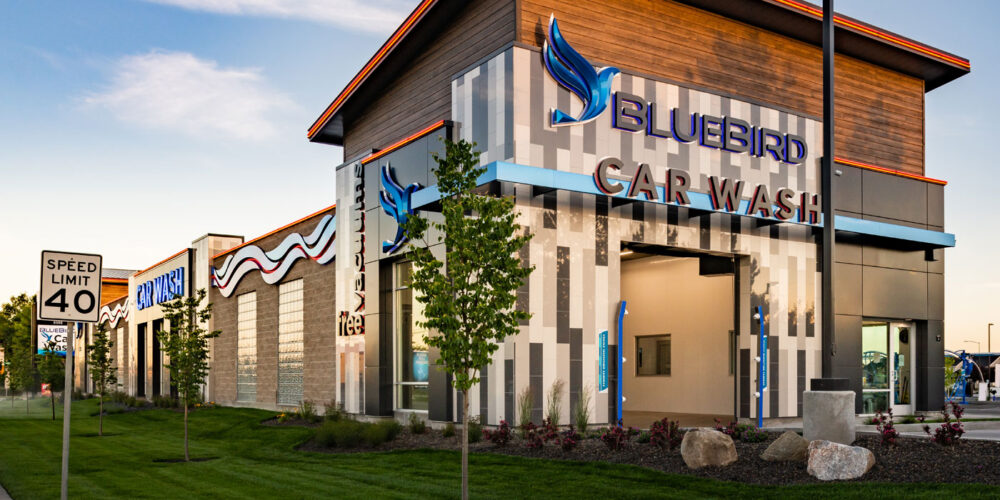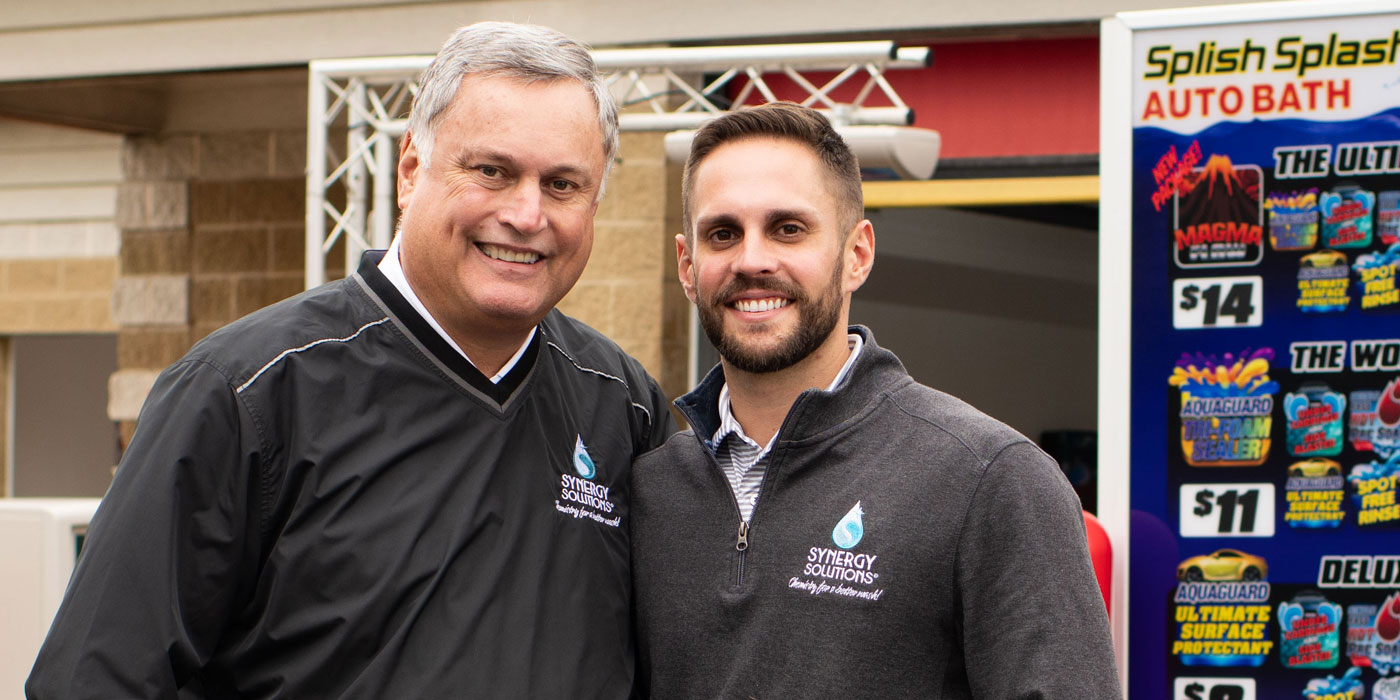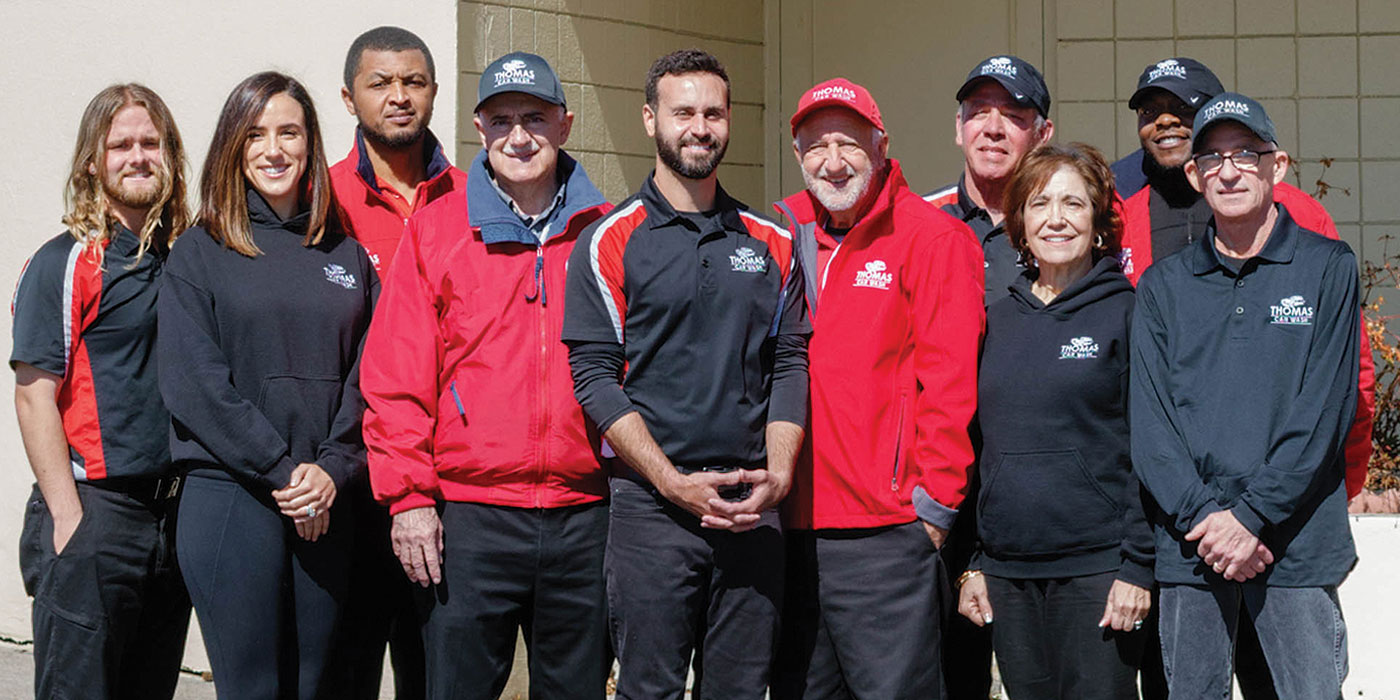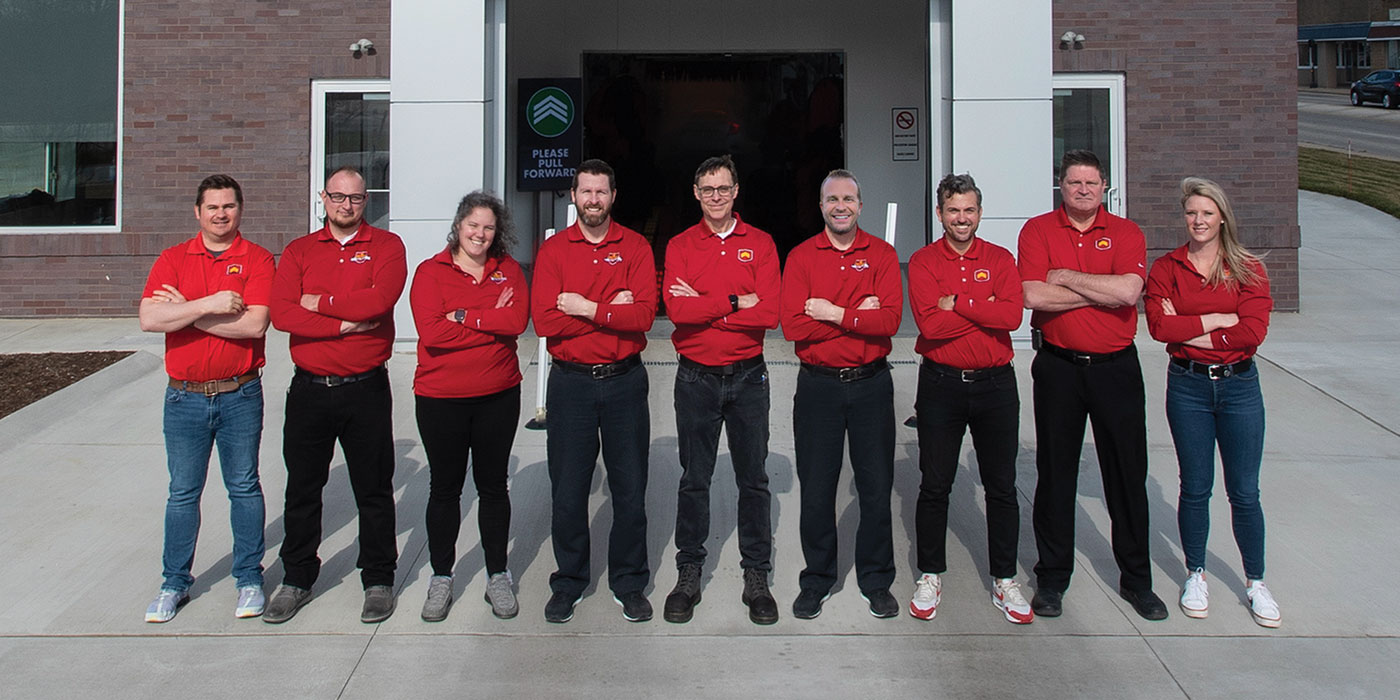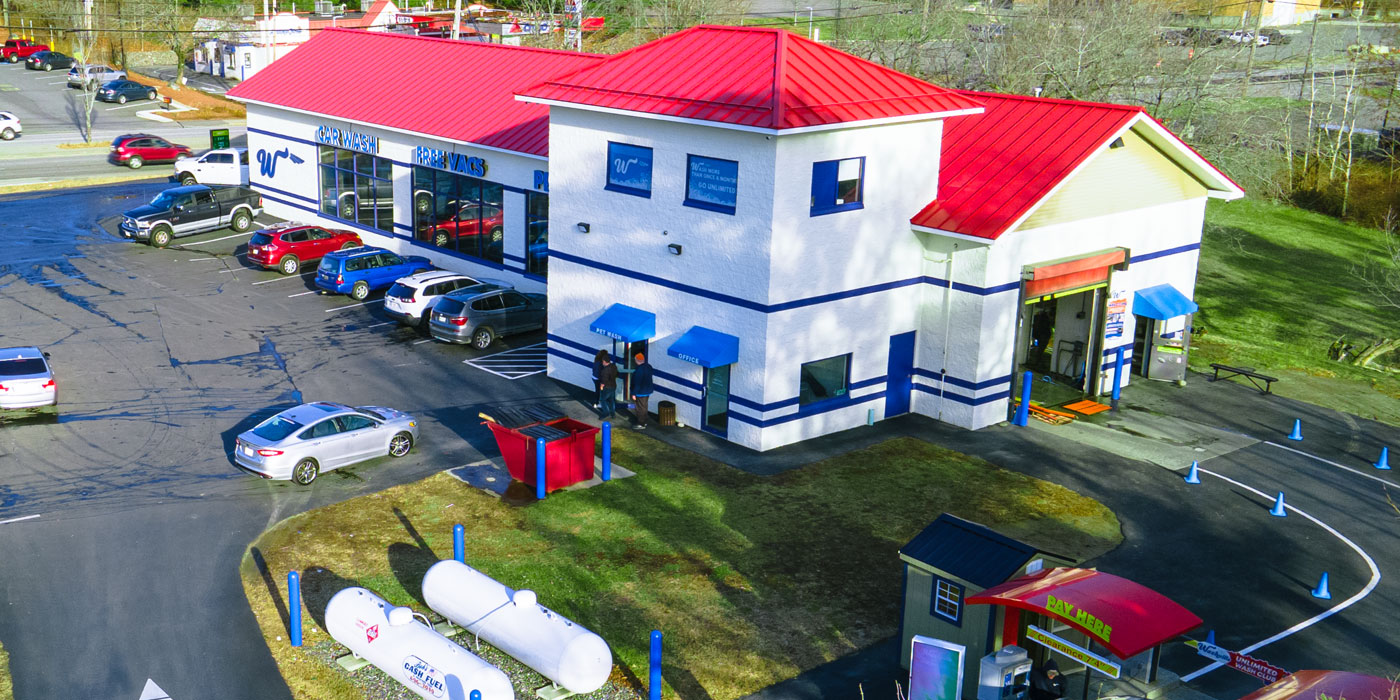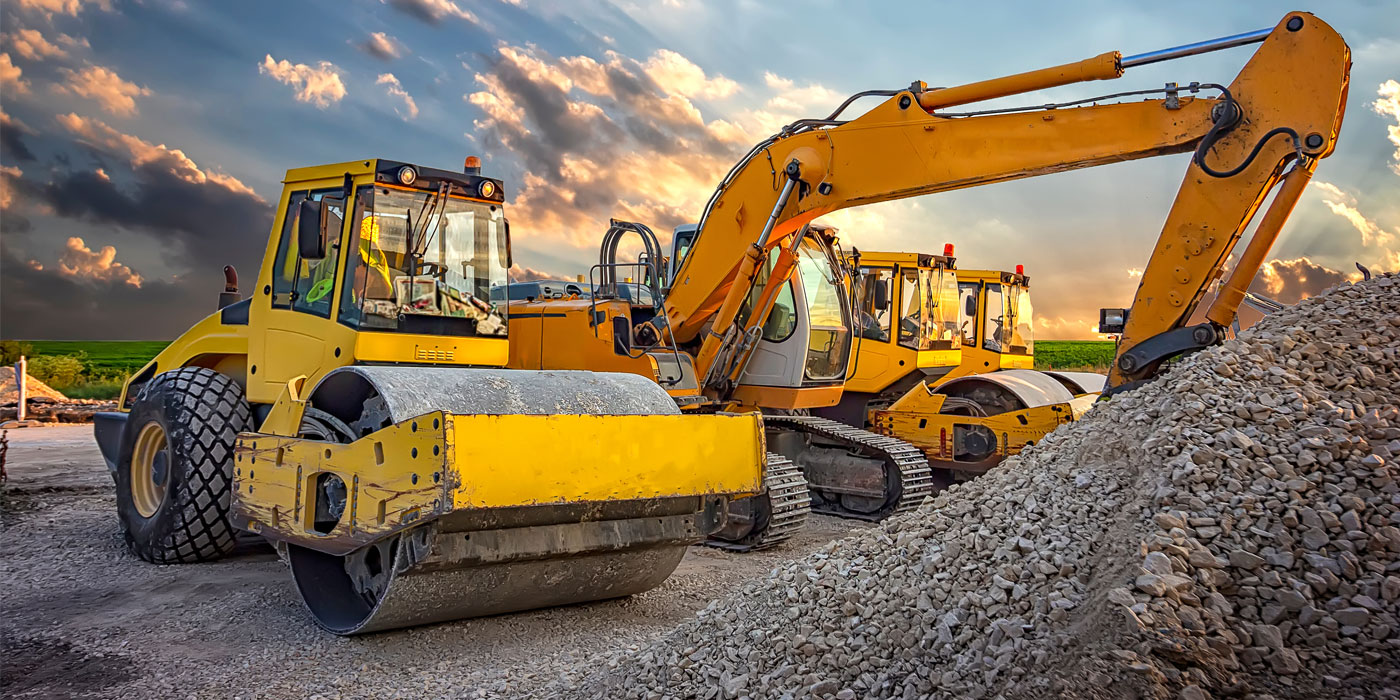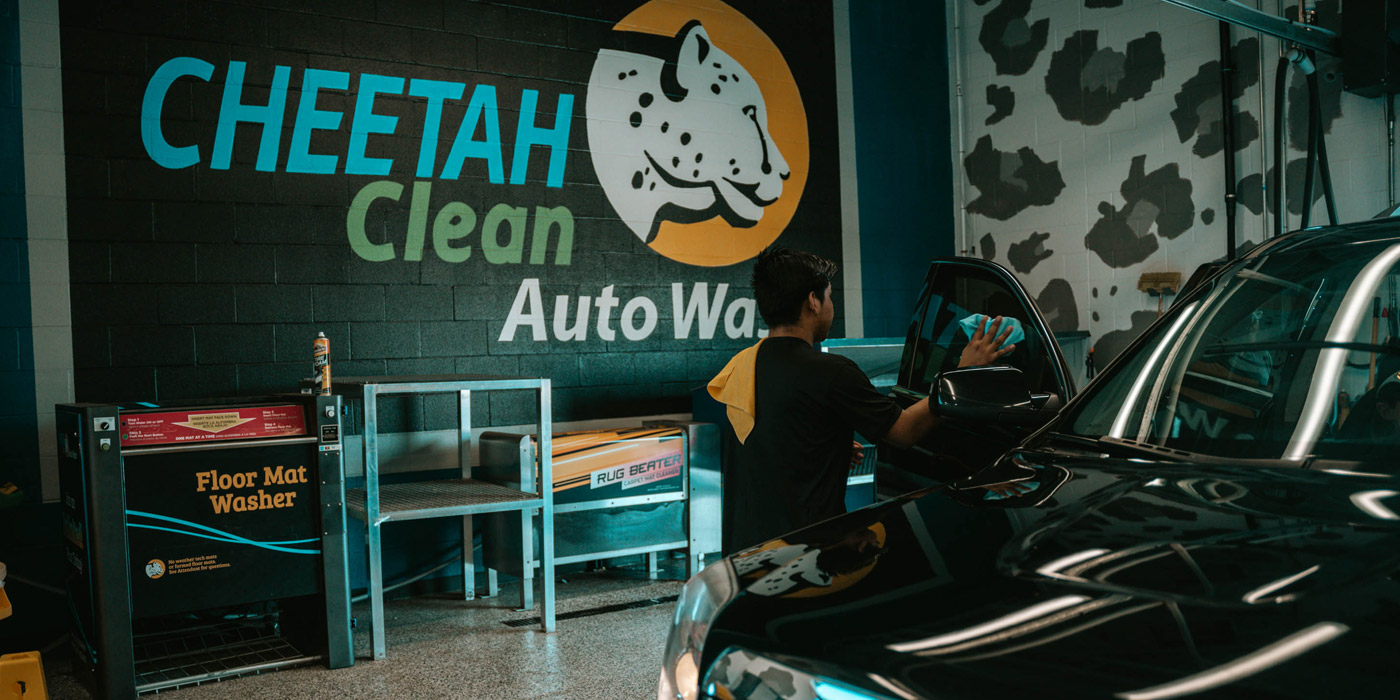There are many factors that affect the profitability and functionality of today’s carwash tunnels, but often the most basic element is vehicle motion. Since the dawn of tunnel washing, unmanned vehicles have been propelled through a cleaning area via different means. The concept of rolling a vehicle instead of moving equipment or employees initially allowed washes to increase the speed of operation exponentially.
As automated carwashing has grown, the conveyor system has become even more important. And, as vehicle technology has evolved, new types of wash conveyors, including flat-belt systems, have developed. Upgraded conveyor options safely move vehicles of all shapes and sizes through modern wash tunnels that utilize multiple pieces of effective equipment.
Equipment and product improvements have been made in several areas of the conveyor wash in recent years. However, faulty carwash equipment, specifically a carwash’s chain and roller conveyor system, can also create safety hazards and stop a busy wash in its tracks.
Thus, properly maintaining conveyor systems has become a “no-brainer” for every wash operator. This fact is especially true in today’s massively competitive car care market. The level of service expected from all customer-facing businesses means just one day down can lose a carwash dozens of loyal customers. This article covers how active operators address regular care for different types of conveyors and the advantages that updated tunnel systems now offer.
Modern maintenance
The conveyor has become a crucial part of any automated operation, and it is the most important mechanical piece of equipment in a carwash, according to Lanese A. Barnett, director of marketing for The Car Wash Companies. Simply put, conveyor equipment dictates the important factors of throughput and volume. Updated auto roller-up features offer on-demand functionality, and owners can now increase a conveyor’s speed when changes are needed based on projected volume.
For these reasons, regular conveyor maintenance is paramount. Barnett first suggests an owner be well versed on the manufacturer’s maintenance suggestions and work to adhere to them. Next, operators must train their staff on the proper preventative maintenance steps. These steps can be broken down and scheduled by their recommended frequency.
On a daily basis, sprockets and the take-up should be washed, Barnett notes. On a weekly schedule, plan for suggested routine preventative maintenance, including making sure the tension on the chain is correct, looking for excess roller wear, inspecting sprockets and checking track plates. Weekly checklists should also include visual inspection of the physical linkage on the chain and dollies. A monthly maintenance task would be changing the oil in the gear box. Finally, a wash should routinely flip the chain after a certain number of vehicle washes to ensure even wear.
“Pro tip: We installed one different color dolly so we know that each and every dolly has been inspected,” Barnett reveals.
Martin Geller, owner of Vehicle Wash Systems, explains that upkeep on a flat-belt style conveyor is simple. The maintenance steps include lubricating the system. The top of the belt conveyor is kept clean by the applied soap and water during washes. Another upkeep step is to ensure that the belt conveyor’s track stays clean. In order to enhance performance, leading flat-belt conveyors slide on 304 stainless steel, which helps keep the coefficient of friction down.
Load ‘em up
As conveyor selections have advanced, new technology and upgrades have improved the equipment’s ease of use, dependability and safety. Barnett points to an automatic roller-up function on today’s roller and chain conveyors. This update eliminates the need for an employee to manually push a button each time a vehicle is loaded, and this feature increases both productivity and throughput.
“The design of conveyors has improved,” Barnett continues. “Conveyors today are wider than previous designs to accommodate more vehicle types, including trucks, SUVs, etc., as well as featuring lower profile dollies to accommodate vehicles with less clearance, including low-profile cars.”
There are other common-sense steps that can be taken to ease chain and roller conveyor loading issues as well. First, loading into the track at a slight decline helps customers see the conveyor entrance better, according to Barnett. Large mirrors can also be installed above the tunnel entrance as an additional guidance aid for customers.
In the instance of flat-belt conveyors, Geller states that straight and level loading is extremely easy for the customers. There is no way to blow a tire, bend wheels or knock a front end out of alignment when a vehicle loads on a belt since there are no pinch points. As such, this equipment also offers an added employee safety feature since limbs and clothing cannot get caught in the conveyor system.
Even in special instances including today’s exotic cars, an operation should not have any loading issues. “All the problems with these new cars that are getting more and more out there … [with a flat-belt system], they’re solved,” Geller says.
Troublesome technology
As numerous carwashes have found out over the past decade, there are new vehicle safety features that can wreak havoc in the typical carwash tunnel. Geller provides the example of new vehicle systems that can “sense” people and other things in front of or behind a vehicle. “Especially the braking systems, that’s becoming a real problem,” Geller says. “When you’re in a conventional carwash today, you’re on the conveyor, and the car is rolling. The car senses the mitter curtain or the wraparound, and the brakes will be applied.”
Geller expects these types of safety systems to be added to more and more vehicles in the future. Further, the sensors may be added to all sides of vehicles. A vehicle with this type of safety equipment can still be washed via a flat-belt conveyor, as all four wheels will rest on the belt surface. The vehicle does not sense that it is moving, so the system will not apply the brakes. Even if the brakes are applied, the vehicle will keep moving via the conveyor to the end of the tunnel.
These flat-belt conveyors mean a vehicle can be left in neutral or park, but if it’s left in park, the vehicle will not exit the building. “If you leave it in neutral, it will be pushed out of the building just like a front-wheel pull conveyor. It’ll become a rear wheel push at the end; it’ll push it right out the door, which I feel is a better way to go,” Geller explains.
Another issue that can be addressed with flat-belt conveyors is vehicles that cannot be turned off and in neutral at the same time. Barnett provides the example of a Tesla. Again, a vehicle being in park on the conveyor will not interfere with the operation of the carwash until the tunnel exit.
Upgrades and safety
For washes looking to update conveyor systems, Geller states that the update process may include running another cut in the carwash floor. The standard over/under conveyor will have a driver’s side cut that is generally 24 inches deep. An operator can cut out where the passenger wheels go and drop the additional track in that second space.
Today, the conversion to flat-belt conveyor systems is not widespread in the car care industry. That will change, according to Geller. “Within the next three or four years, you’ll see it. All the cars now being produced are starting to come out with this braking system, so there’s going to be more and more of these conveyor systems. It’s the only carwash that is going to survive, eventually,” Geller notes.
Thankfully, there are multiple steps that operators can take to ensure both customer and employee safety when dealing with carwash conveyors. For customers, a correlator can help guide the vehicle’s back tire onto traditional conveyors. For staff, having a drop-down exit into the conveyor compared to a trap door helps reduce safety concerns. Barnett also recommends installing E-stops with a five-second delay.
Geller states that safety is one of the most important considerations to him as a manufacturer of carwash equipment. New flat-belt conveyor designs actually prevent an employee or customer from putting a foot or leg into the conveyor’s mechanisms. “You can’t get your foot into it. [There is] a safety shield at the end, and you can’t get by it,” Geller says. For customers, vehicle damage is prevented, since the flat-belt design can wash any vehicle that is a lowrider or that has low-hanging components. There is nothing on the conveyor that can damage a vehicle from underneath.
With systems from 25 or 30 years ago that only pulled on the driver’s side, the vehicles would, once in a while, get off the track and hit the wall, according to Geller. With modern flat-belt conveyors, vehicles cannot roll away.
While flat-belt conveyor systems are not new to some in this industry, such as Geller, many operators might still be unfamiliar with this equipment even though these same individuals may be very familiar with the challenges that flat-belt conveyor systems can help overcome. If you haven’t seen this equipment in operation yet, chances are it will be moving into a neighborhood near your wash soon. Avoid flat sales and keep business rolling past competition with modern solutions to new and old concerns.
Thomas Hawkins is a freelance contributor.

